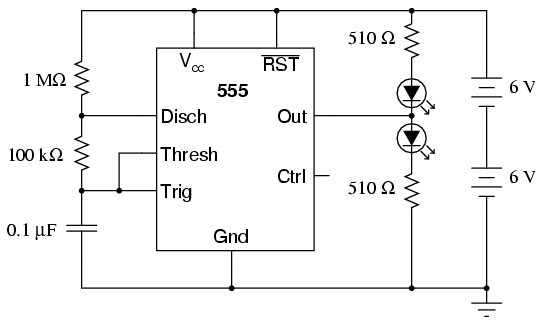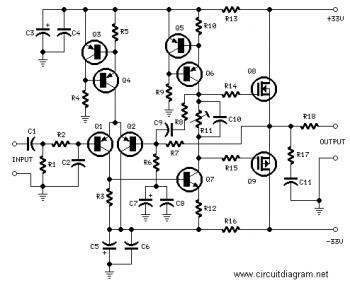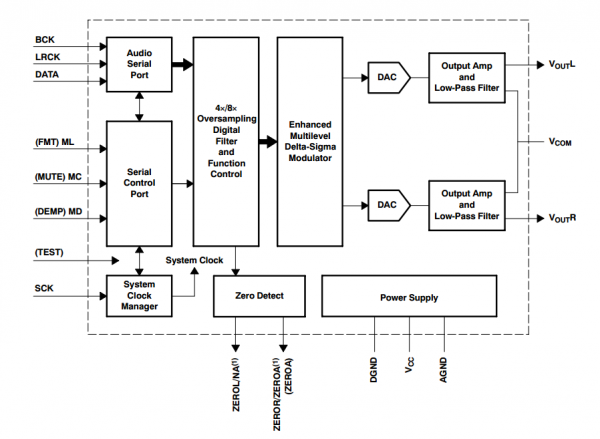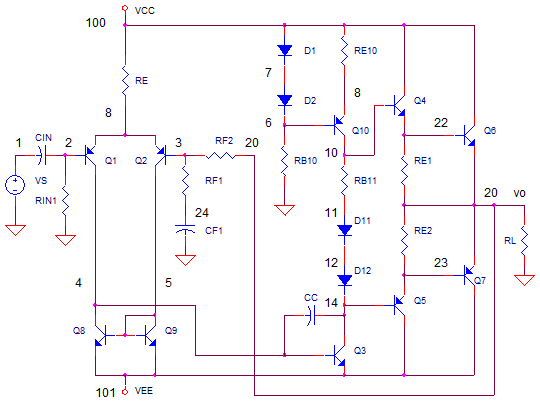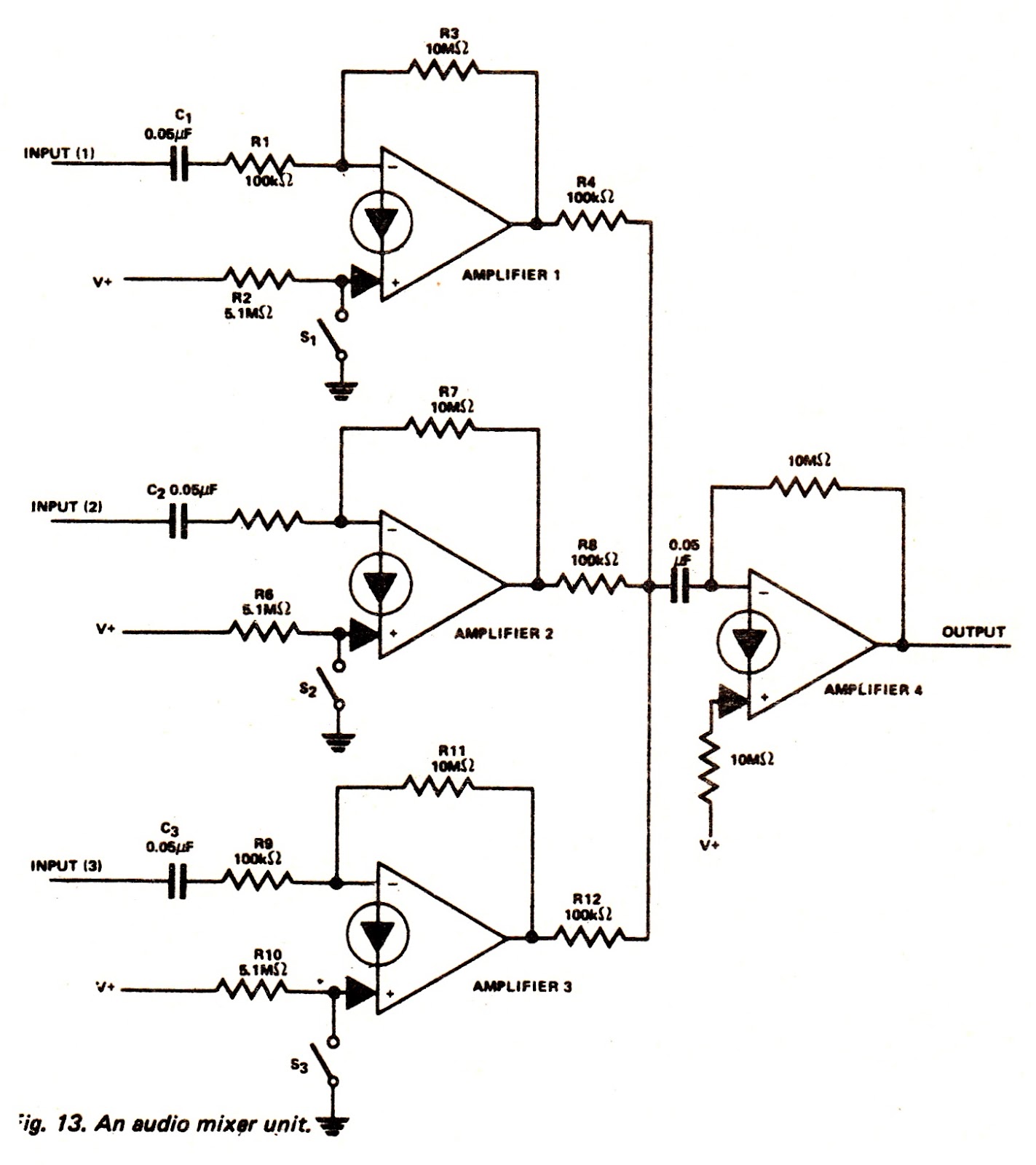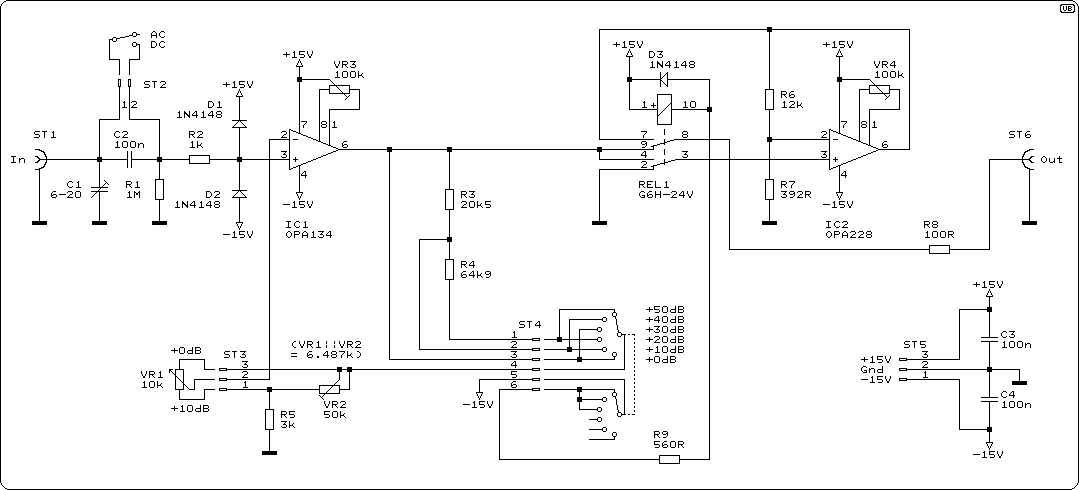
Audio Millivoltmeter

An AC millivoltmeter - calibrated in dB - with a range of 30V down to 3mV full scale (80dB range) would be extremely useful. Attach a microphone (electret mic capsules are quite good), and you have a relative sound level meter, even better if you have some way of calibration. The meter presented here has a very wide frequency range, and uses a switched attenuator for range adjustment. The attenuator uses the 30-10-3 sequence, which provides 10dB steps between ranges. The standard attenuator provides an input impedance of over 2M Ohms. The two attenuator networks are shown in Figures 1 and 2, and as you can see the Hi-Z version requires all those capacitors. They must be accurate, too. Otherwise high frequency performance will be all over the place, so you need a capacitance meter or a
The AC millivoltmeter described operates within a range of 30V down to 3mV, calibrated in decibels (dB), making it a valuable tool for audio and sound level measurements. It is particularly effective when paired with an electret microphone, allowing for the measurement of relative sound levels. The inclusion of a calibration method enhances its utility, ensuring accurate readings across various sound pressure levels.
The device is designed with a wide frequency response, which is crucial for accurately measuring audio signals. The use of a switched attenuator allows for flexible range adjustments, accommodating different input levels without compromising measurement accuracy. The 30-10-3 sequence of the attenuator provides 10dB steps, enabling precise scaling of the input signal. This feature is essential for applications where sound levels can vary significantly.
The standard configuration of the attenuator boasts an input impedance exceeding 2M Ohms, which is beneficial for minimizing loading effects on the microphone. This high input impedance ensures that the measurement does not alter the performance of the microphone or the acoustic environment being tested.
Figures 1 and 2 illustrate the two attenuator networks employed in the design. The high-impedance (Hi-Z) version of the attenuator necessitates the inclusion of multiple capacitors, which must be selected for their accuracy. The performance of the millivoltmeter, particularly at higher frequencies, is highly sensitive to the values of these capacitors. Therefore, the use of a capacitance meter is recommended to verify the precision of these components prior to assembly.
In summary, this AC millivoltmeter is a sophisticated instrument designed for accurate sound level measurement across a broad frequency range. Its calibration capabilities, high input impedance, and careful design considerations make it an essential tool for audio professionals and engineers.An AC millivoltmeter - calibrated in dB - with a range of 30V down to 3mV full scale (80dB range) would be extremely useful. Attach a microphone (electret mic capsules are quite good), and you have a relative sound level meter, even better if you have some way of calibration.
The meter presented here has a very wide frequency range, and uses a switched attenuator for range adjustment. The attenuator uses the 30-10-3 sequence, which provides 10dB steps between ranges. The standard attenuator provides an input impedance of over 2M Ohms, The two attenuator networks are shown in Figures 1 and 2, and as you can see the Hi-Z version requires all those capacitors. They must be accurate, too. Otherwise high frequency performance will be all over the place, so you need a capacitance meter or a
🔗 External reference
The AC millivoltmeter described operates within a range of 30V down to 3mV, calibrated in decibels (dB), making it a valuable tool for audio and sound level measurements. It is particularly effective when paired with an electret microphone, allowing for the measurement of relative sound levels. The inclusion of a calibration method enhances its utility, ensuring accurate readings across various sound pressure levels.
The device is designed with a wide frequency response, which is crucial for accurately measuring audio signals. The use of a switched attenuator allows for flexible range adjustments, accommodating different input levels without compromising measurement accuracy. The 30-10-3 sequence of the attenuator provides 10dB steps, enabling precise scaling of the input signal. This feature is essential for applications where sound levels can vary significantly.
The standard configuration of the attenuator boasts an input impedance exceeding 2M Ohms, which is beneficial for minimizing loading effects on the microphone. This high input impedance ensures that the measurement does not alter the performance of the microphone or the acoustic environment being tested.
Figures 1 and 2 illustrate the two attenuator networks employed in the design. The high-impedance (Hi-Z) version of the attenuator necessitates the inclusion of multiple capacitors, which must be selected for their accuracy. The performance of the millivoltmeter, particularly at higher frequencies, is highly sensitive to the values of these capacitors. Therefore, the use of a capacitance meter is recommended to verify the precision of these components prior to assembly.
In summary, this AC millivoltmeter is a sophisticated instrument designed for accurate sound level measurement across a broad frequency range. Its calibration capabilities, high input impedance, and careful design considerations make it an essential tool for audio professionals and engineers.An AC millivoltmeter - calibrated in dB - with a range of 30V down to 3mV full scale (80dB range) would be extremely useful. Attach a microphone (electret mic capsules are quite good), and you have a relative sound level meter, even better if you have some way of calibration.
The meter presented here has a very wide frequency range, and uses a switched attenuator for range adjustment. The attenuator uses the 30-10-3 sequence, which provides 10dB steps between ranges. The standard attenuator provides an input impedance of over 2M Ohms, The two attenuator networks are shown in Figures 1 and 2, and as you can see the Hi-Z version requires all those capacitors. They must be accurate, too. Otherwise high frequency performance will be all over the place, so you need a capacitance meter or a
🔗 External reference
